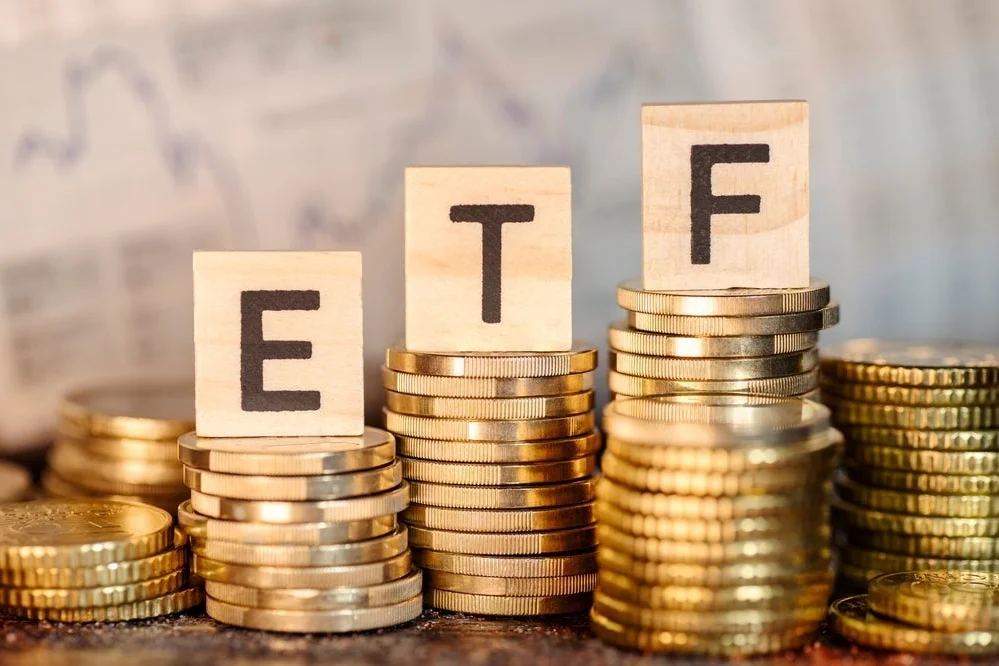
Gold’s rally in 2025 has turned into a full-blown stampede, as ETF investors poured more than $5 billion into the three largest gold-backed exchange-traded funds in September alone—marking the biggest monthly inflow on record for the asset class.
SPDR Gold Shares GLD, the world’s largest gold ETF, took in $2.67 billion, followed by iShares Gold Trust IAU with $2.13 billion and Invesco Physical Gold ETC IPHSF with $425 million.
If final numbers hold through the end of the month, this would eclipse all historical monthly ETF gold inflow records.
Year-to-date, SPDR’s GLD has amassed $13.56 billion in new capital, already the second-highest annual inflow ever and on pace to surpass its 2020 record of $15.3 billion. iShares’ IAU isn’t far behind, with $8.59 billion in fresh money, also chasing its all-time high. Even newer entrants such as Invesco’s IPHSF and Goldman Sachs Physical Gold ETF AAAU saw meaningful traction, with inflows of $1.9 billion and $557 million, respectively.
Gold futures surged above $3,700 per ounce this month, climbing over 40% since the start of the year—making 2025 the strongest-performing year for the precious metal since 1979.
Central Banks Are Also All-In On Gold
While ETF demand has been the breakout story of 2025, central banks quietly continued their gold-buying spree—a trend that began after the 2022 freeze of Russian dollar-denominated reserves.
Global central banks now hold more gold than U.S. Treasuries, marking a symbolic shift that reflects deepening doubts about U.S. fiscal sustainability.
According to the latest Bank of America’s gold flow tracker, total gold purchases jumped 45% over the summer, reinforcing the strength of institutional demand.
What’s Next for Gold?
Michael Widmer, commodity strategist at Bank of America, sees gold climbing to $4,000 per ounce by 2026, driven by the potent mix of stubborn inflation and a pivot toward Federal Reserve rate cuts.
U.S. inflation held at 2.9% in August, yet the Fed is leaning toward easing monetary policy as early as September, signaling a shift in focus from inflation control to stabilizing a weakening labor market.
Historically, gold thrives in this type of environment. In every period since 2001 when inflation topped 2% and interest rates were falling, gold delivered strong returns—averaging 13% annually even outside of crisis periods. This makes the current macro setup especially bullish.
Could A Changing Monetary System Push Gold Even Higher?
Beyond inflation, structural cracks in the global monetary system are strengthening gold’s appeal.
The total market cap of cryptocurrencies now represents nearly 10% of the broad money supply (M1) across the U.S., Europe and China. Meanwhile, money velocity remains near historic lows, and stablecoins are becoming central to digital financial infrastructure. Although most are backed by U.S. Treasuries, there’s growing interest in using gold as collateral in future iterations of these digital assets.
While still evolving, these shifts signal rising skepticism toward fiat currencies—especially the U.S. dollar’s role as the global reserve. That uncertainty continues to boost gold’s value as a long-term hedge.
Outlook: Gold On Track For A Historic Finish
With just one quarter remaining in 2025, gold is on pace to close out the year as the top-performing major asset. Retail and institutional demand—fueled by surging ETF inflows and steady central bank buying—continues to build momentum.
If current trends hold, the path to $4,000 per ounce may no longer be a question of “if,” but “when.”
Read now:
The Dollar Is Still King, But Losing Clout Faster Than You Think
Photo: Shutterstock



